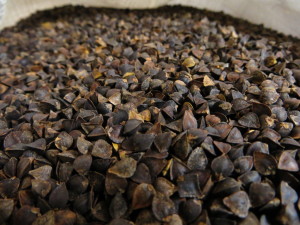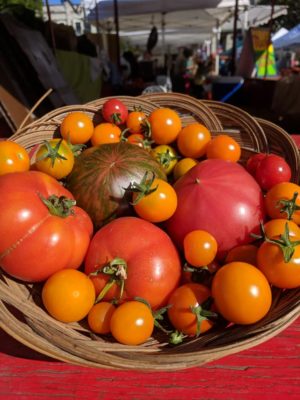 Heirloom Tomatoes
Heirloom Tomatoes
Heirloom tomatoes are soft and juicy when ripe, and extremely flavorful. Allowing them to ripen on your counter top for a few days until their color is bright and rich will bring out their fullest flavor.
Heirlooms are great where you want to showcase the tomato’s own flavor, such as bruschetta, salsa or sauce or homemade tomato soup. They are soft because of their higher juice content, which will require longer time to cook down, but their intense flavor makes it all worthwhile.

Pink Berkeley Tie-Dye heirloom tomatoes
Pink Berkeley Tie-Dye
Psychedelic striping in red, green, and purple distinguish this flavorful tomato with a softer flesh and juicy, mild flavor.
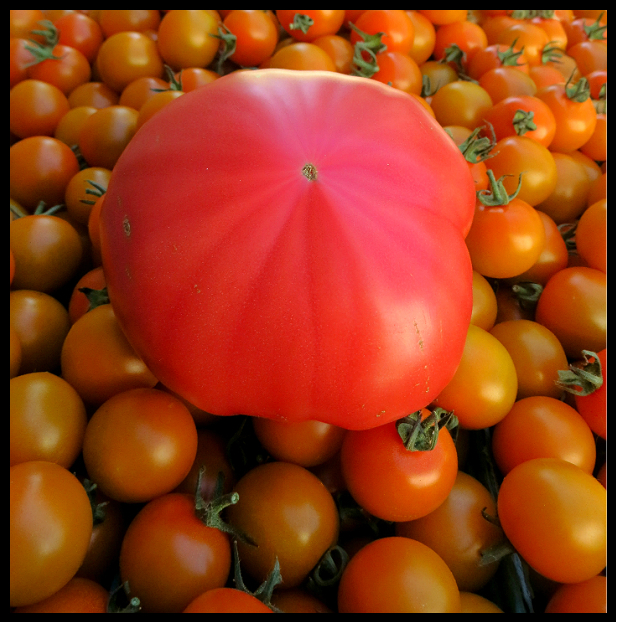
Katja heirloom tomatoes
Katja
Pink heirloom tomato from Siberia. Irregular in shape and size with a subtle pink sunburst pattern on the bottom of the tomato. Great intense rich flavor. Grower’s favorite pink tomato!
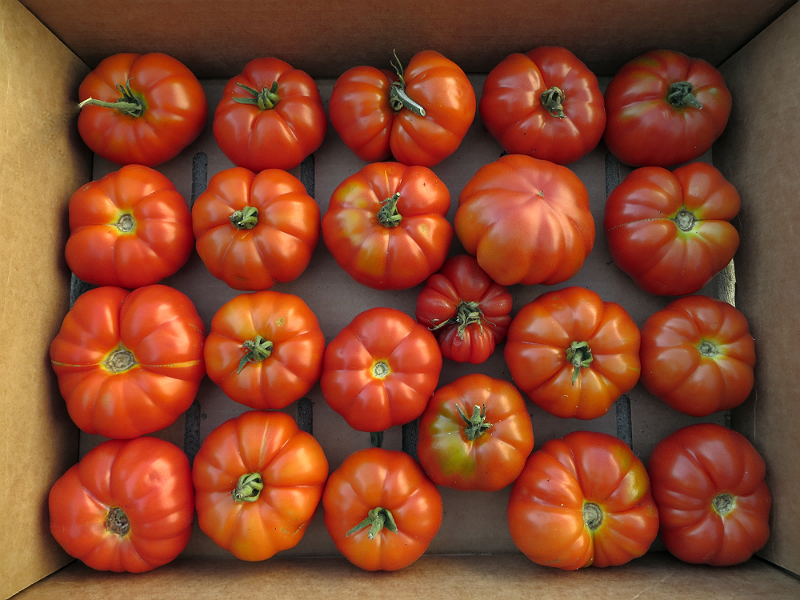
Marmond heirloom tomatoes
Marmond
A juicy and meaty tomato with a whimsical ribbed shape.
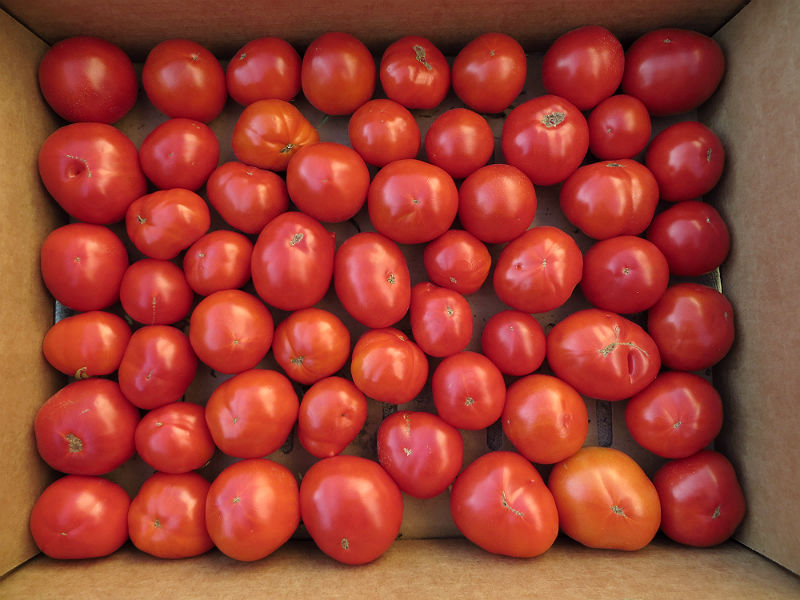
Beaverlodge heirloom tomatoes
Beaverlodge
Rich and well balanced flavors with a softer texture.
Cherry Tomatoes
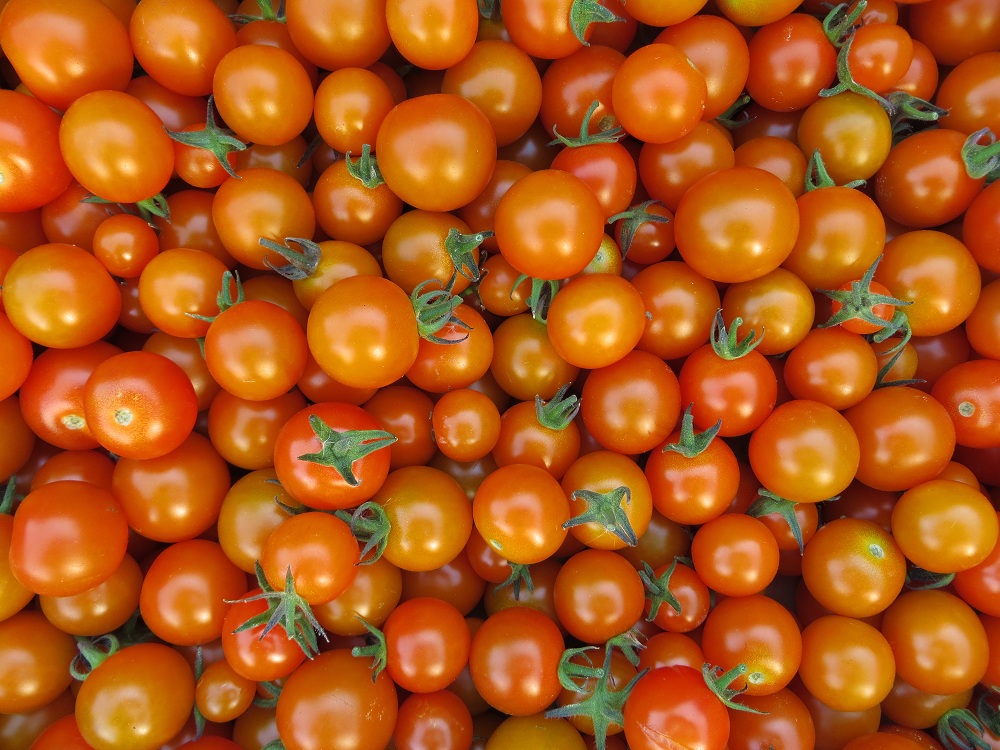
Sungold cherry tomatoes
Sungold
Bright orange cherry tomato with sweet and tangy flavor. Eat them by the handful or dress up your salads with them. Grower’s favorite!
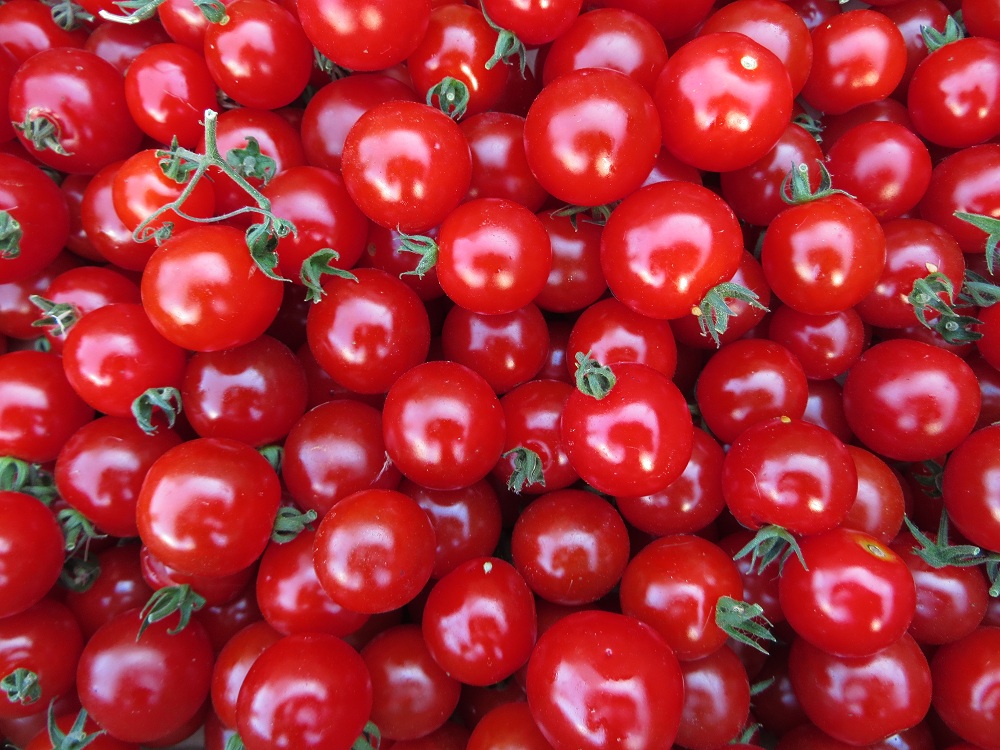
Tidy Treats cherry tomatoes
Tidy Treats
Bright, cheery red, this is a classic cherry tomato for salads.
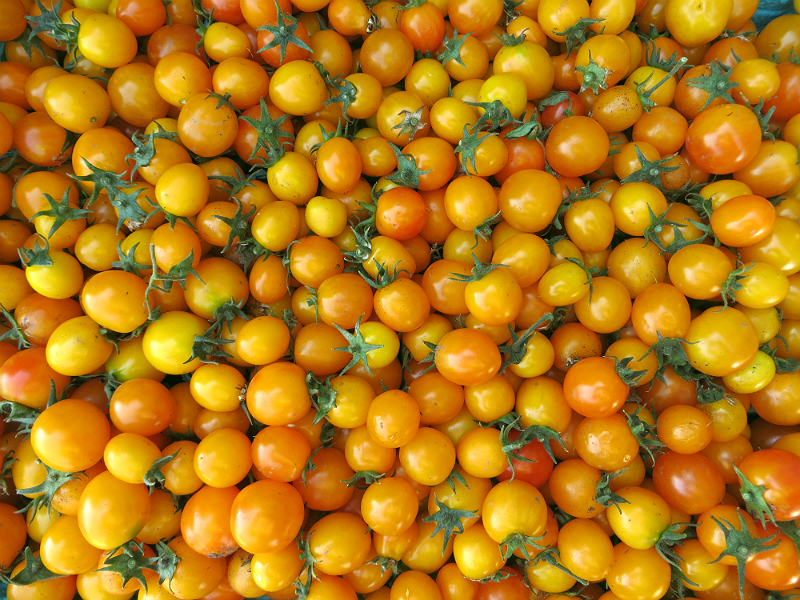
Gold Nugget cherry tomatoes
Gold Nugget
Bright yellow sweet/tart cherry tomato.
Have you tried this recipe? Tell us how it turned out!


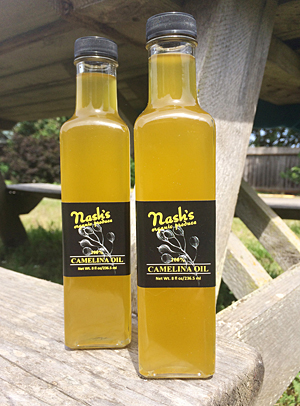
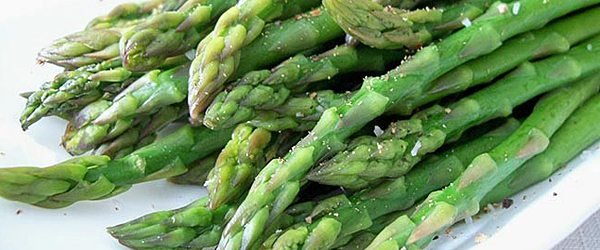 Asparagus is super rich in nutrients. It’s an excellent source of vitamin K, folate, copper, selenium, vitamin B1, vitamin B2, vitamin C, and vitamin E. It is also a very good source of dietary fiber, manganese, phosphorus, vitamin B3, potassium, choline, vitamin A, zinc, iron, protein, vitamin B6, and pantothenic acid.
Asparagus is super rich in nutrients. It’s an excellent source of vitamin K, folate, copper, selenium, vitamin B1, vitamin B2, vitamin C, and vitamin E. It is also a very good source of dietary fiber, manganese, phosphorus, vitamin B3, potassium, choline, vitamin A, zinc, iron, protein, vitamin B6, and pantothenic acid.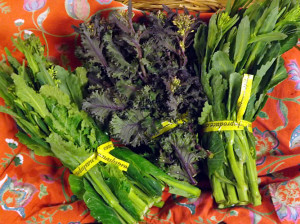
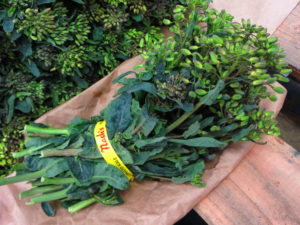
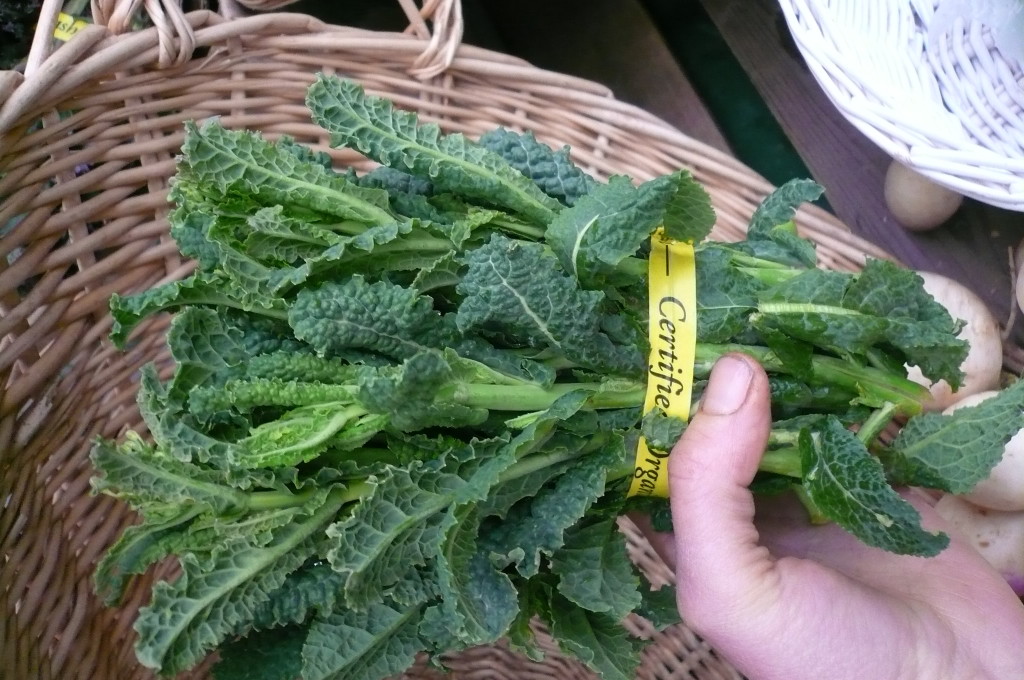
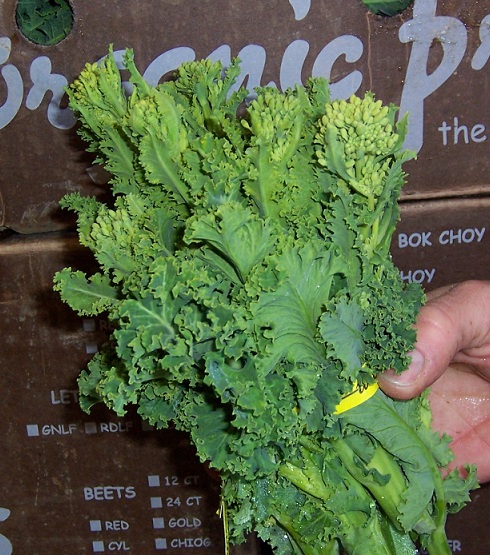
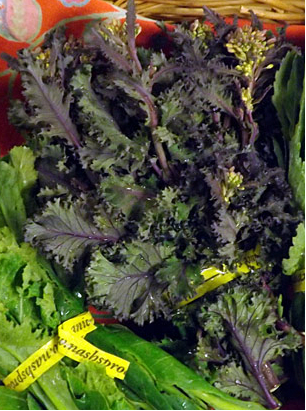
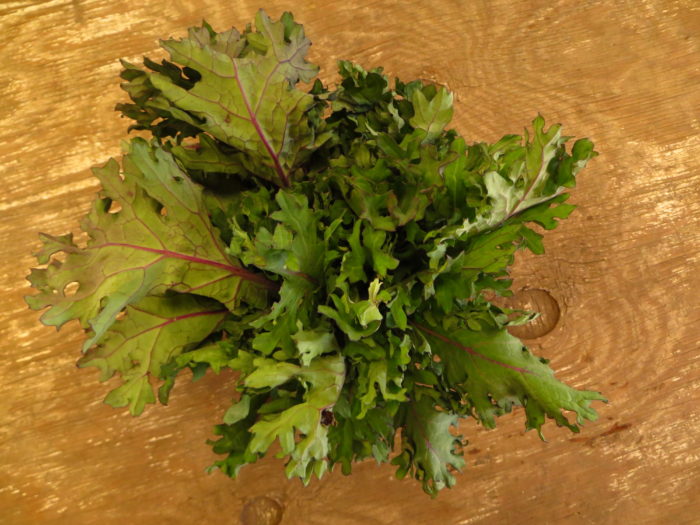
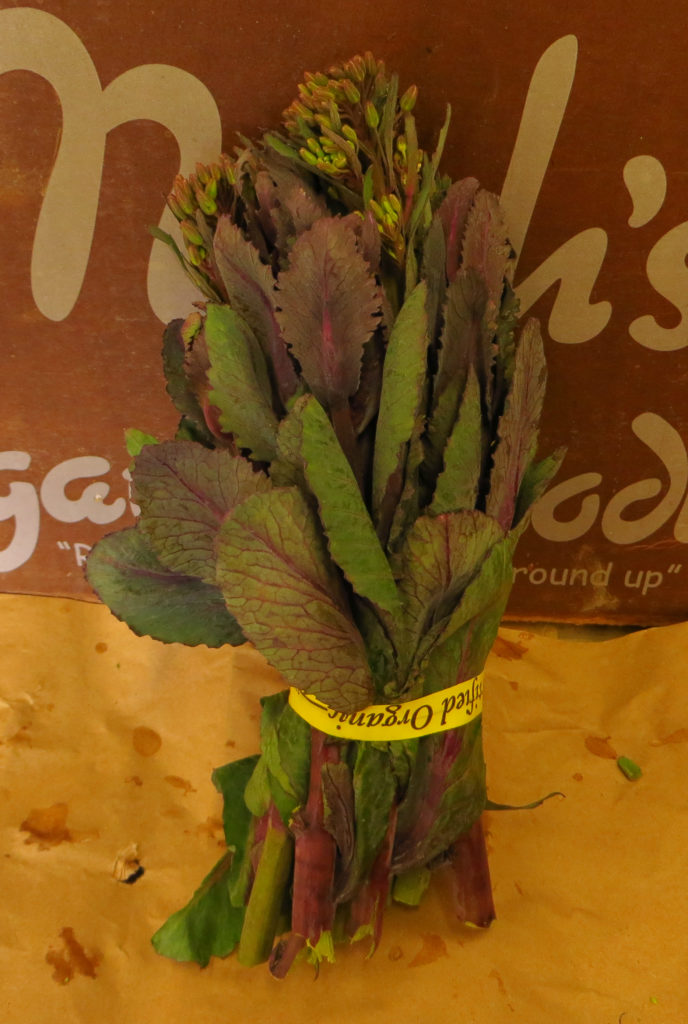
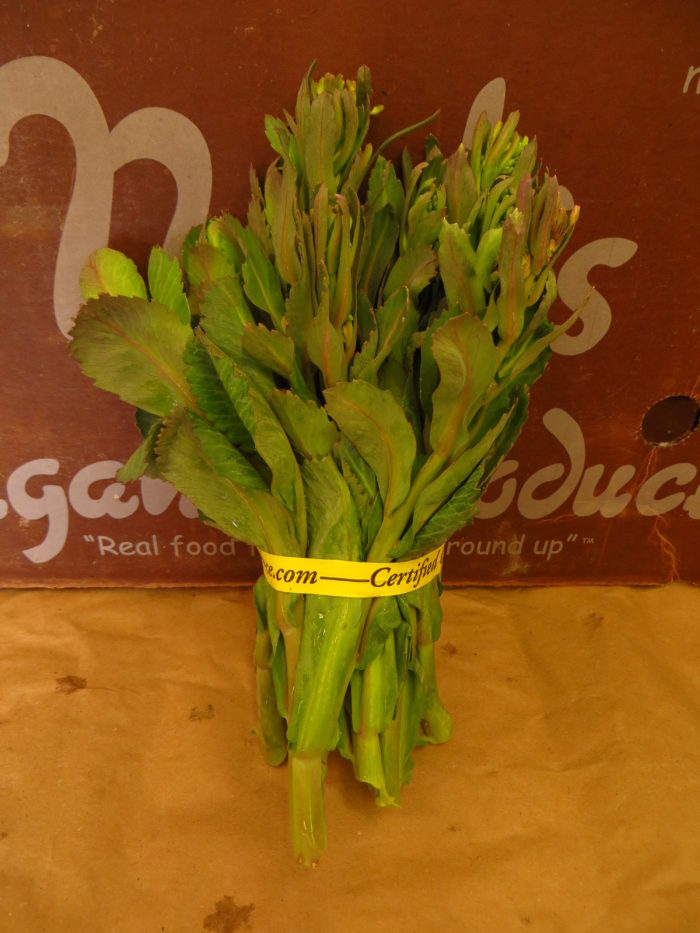
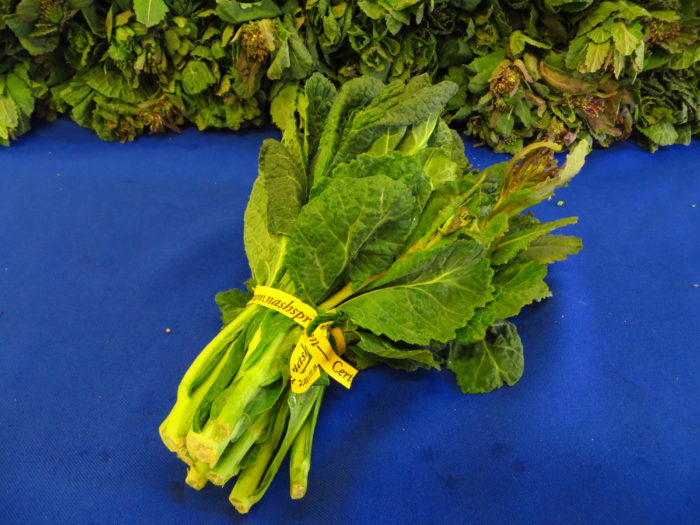
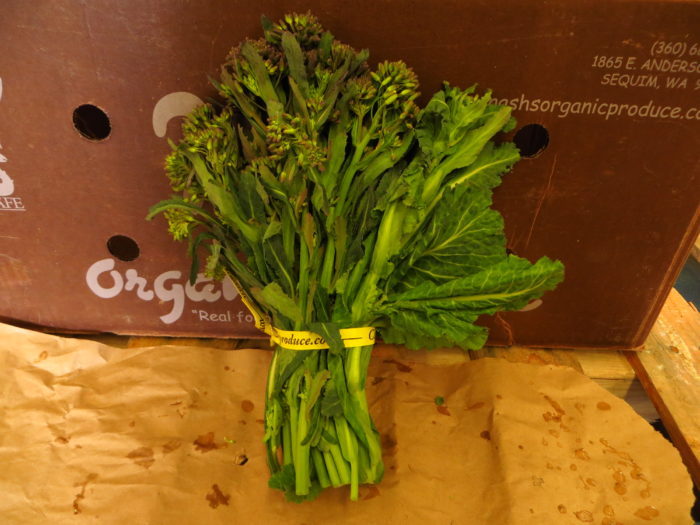
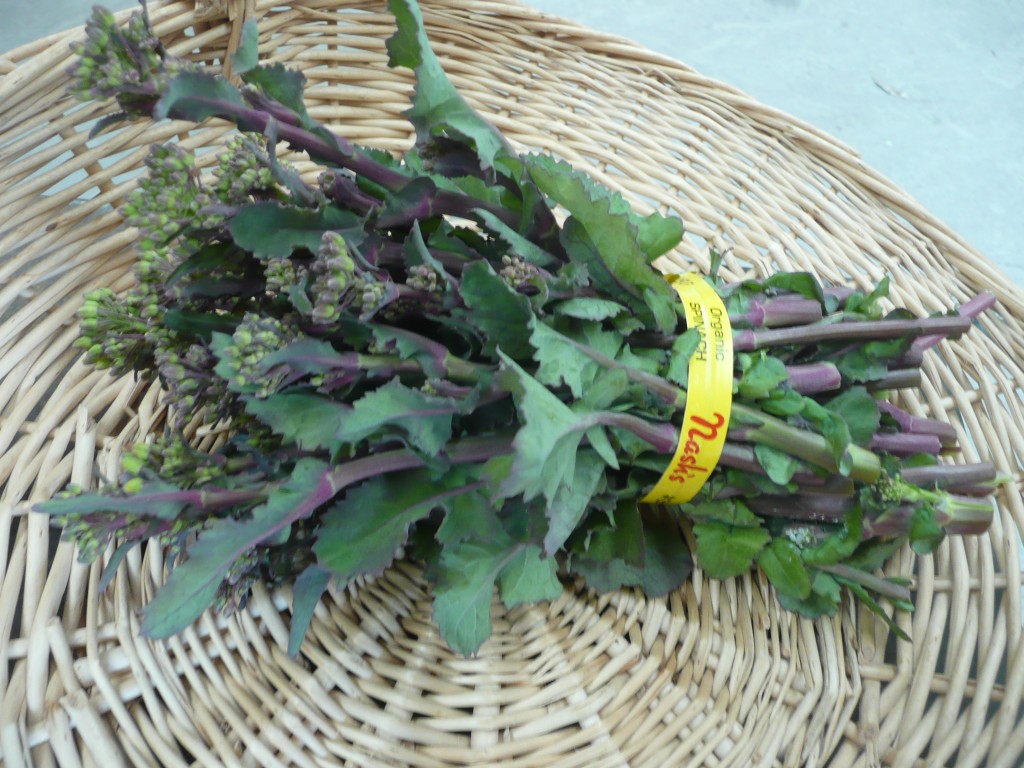
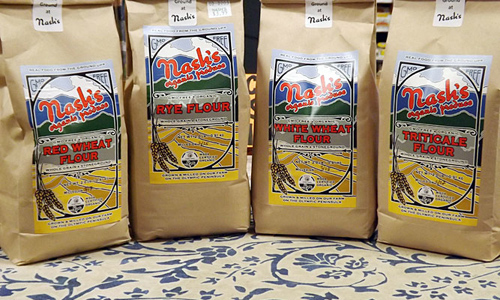
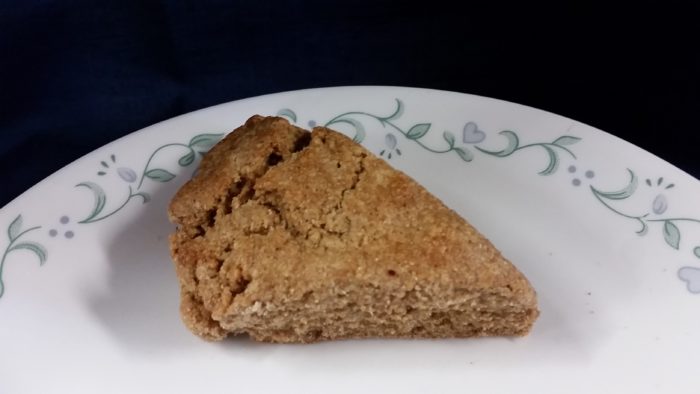
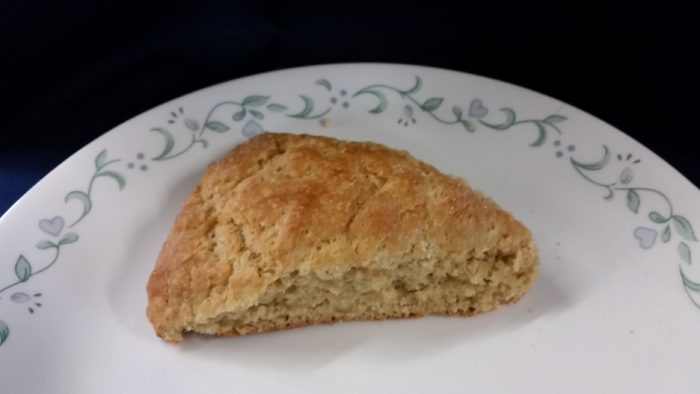
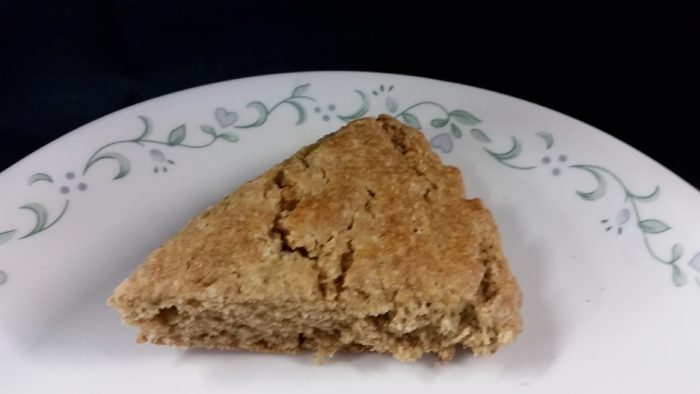
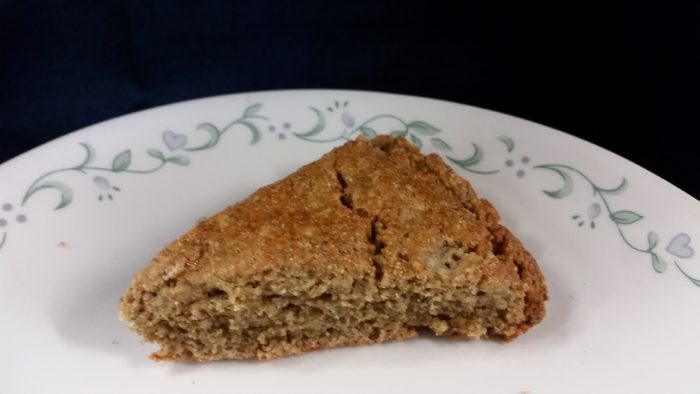
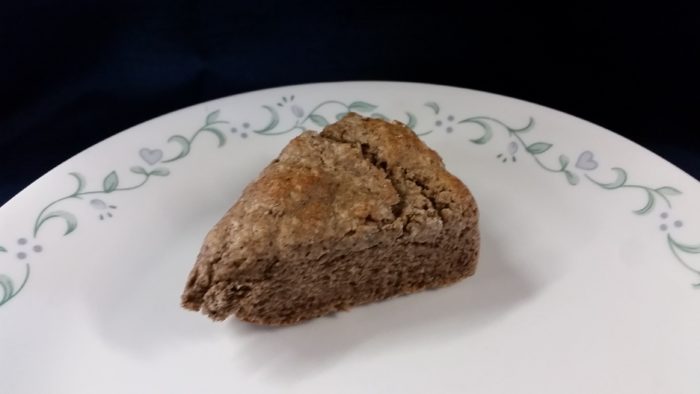
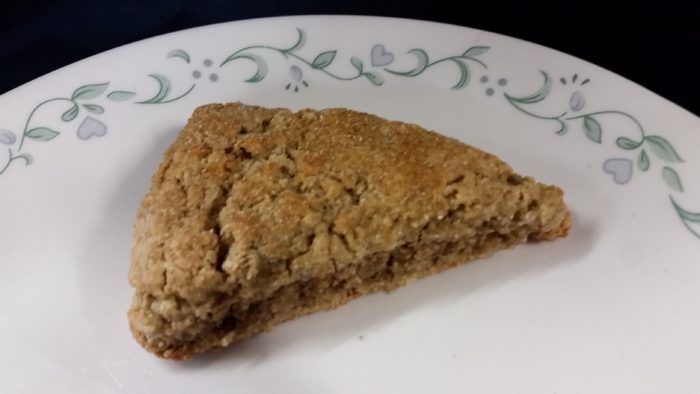
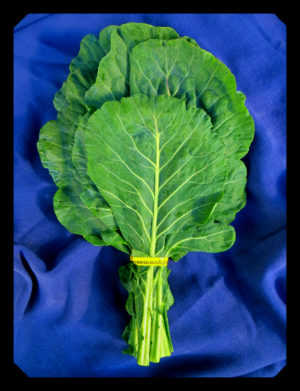 Collard greens offer a range of health benefits. One cup of boiled collard greens contains only 63 calories, but it provides over 250 percent of a person’s daily needs for vitamin A, over 50 percent of vitamin C, 26 percent of calcium, 1 percent of iron, and 10 percent of vitamin B-6 and magnesium.
Collard greens offer a range of health benefits. One cup of boiled collard greens contains only 63 calories, but it provides over 250 percent of a person’s daily needs for vitamin A, over 50 percent of vitamin C, 26 percent of calcium, 1 percent of iron, and 10 percent of vitamin B-6 and magnesium. Like most vegetables, green beans are low in calories (43 per cup) but pack lots of fiber and nutrients. A cup’s worth provides about 25 percent of your daily supply of vitamin K and 20 percent of vitamin C, as well as manganese, vitamin A, potassium, and folate.
Like most vegetables, green beans are low in calories (43 per cup) but pack lots of fiber and nutrients. A cup’s worth provides about 25 percent of your daily supply of vitamin K and 20 percent of vitamin C, as well as manganese, vitamin A, potassium, and folate.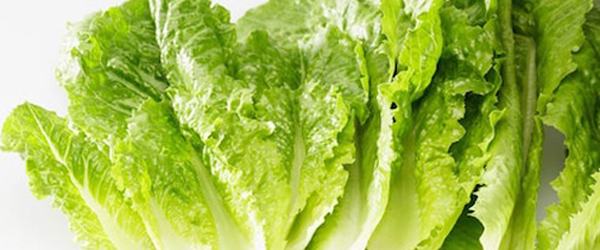 It’s the time of the season when the weather is getting hot and people are craving light salads over heartier meals. Often overlooked in the interest of hearty greens, romaine lettuce is a lighter green that packs a serious nutritional punch!
It’s the time of the season when the weather is getting hot and people are craving light salads over heartier meals. Often overlooked in the interest of hearty greens, romaine lettuce is a lighter green that packs a serious nutritional punch!